1. Dark Color Schemes
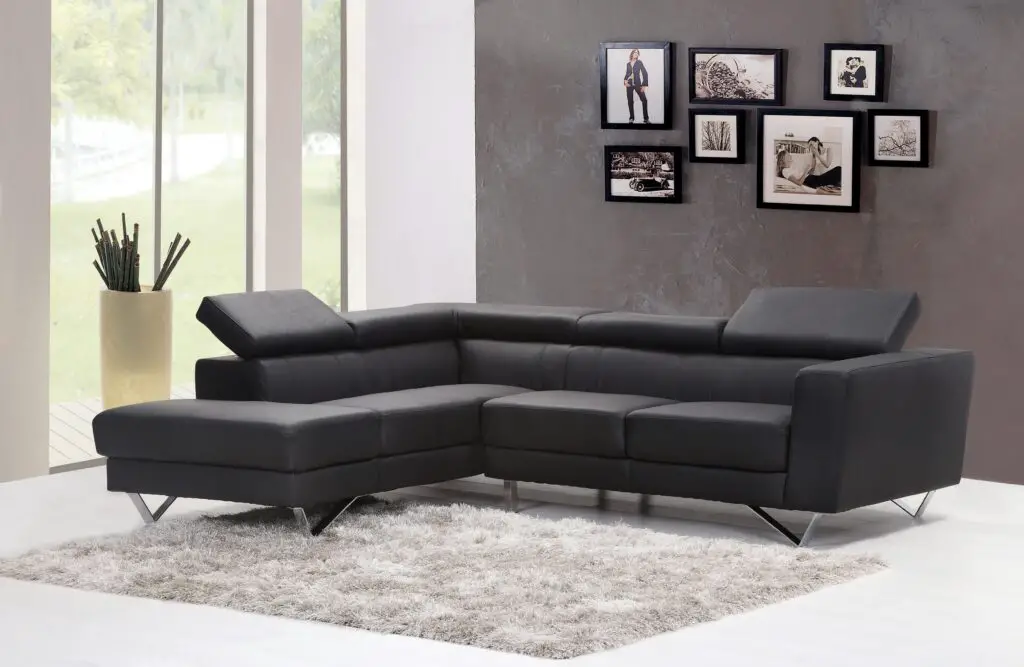
While dark colors can create a cozy vibe, they also absorb light and make a room feel smaller. Lighter shades, such as whites, creams, and soft pastels, reflect light and open up the space visually. Consider using lighter colors for walls, furniture, and decor to make the room feel brighter and more spacious.
2. Oversized Furniture
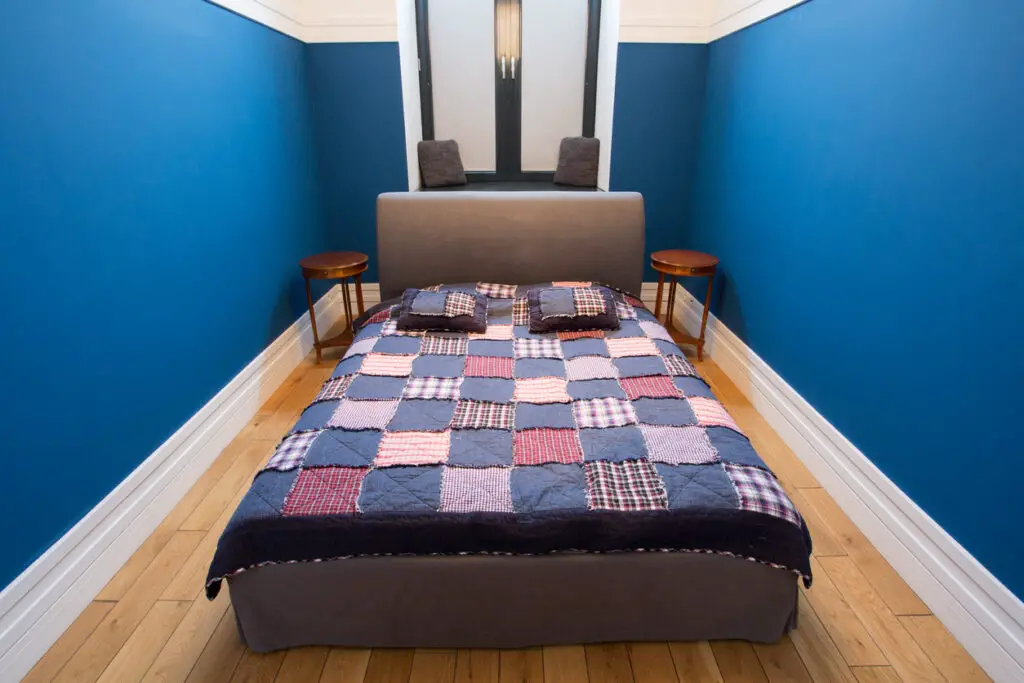
Large, bulky furniture can overwhelm your living room and eat up valuable floor space, making the room feel cramped. Instead, opt for appropriately scaled furniture that leaves breathing room around each piece. Compact sofas, sleek armchairs, and multi-functional pieces can keep the room airy without sacrificing comfort.
3. Too Many Decorative Accessories

Overloading a space with knick-knacks and decor items can quickly create visual clutter, making the room feel busy and cramped. To avoid this, focus on a few well-chosen pieces that add personality without overwhelming the space. Less is often more when trying to create an open, relaxing environment.
4. Heavy Curtains or Drapes
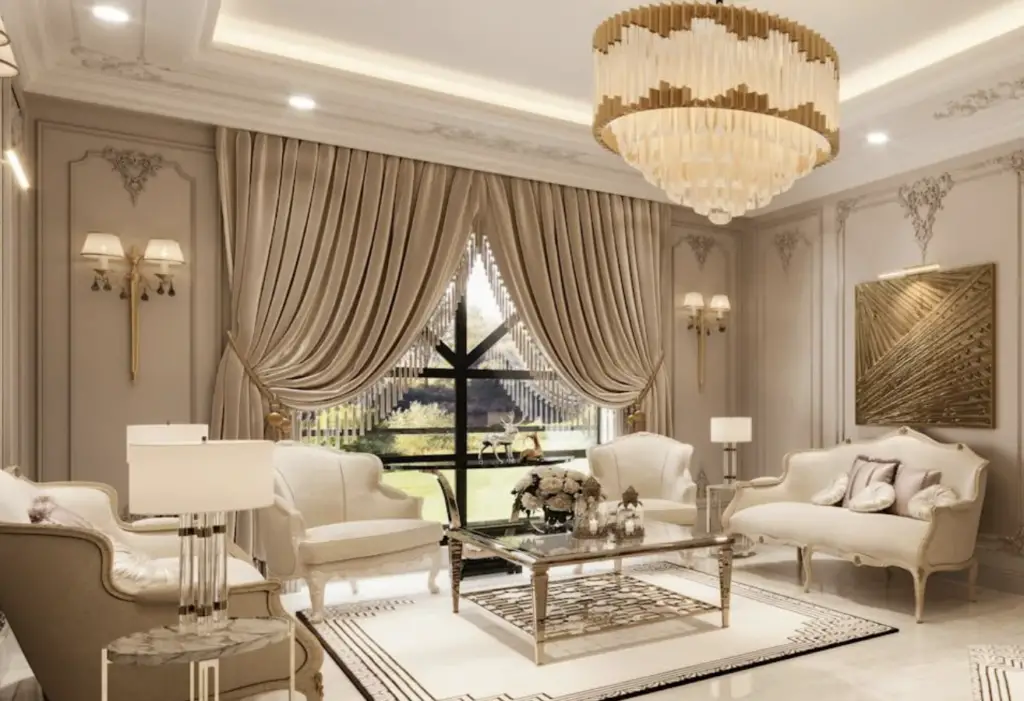
Thick, heavy curtains can block natural light and make a room feel closed in. Lighter, sheer curtains allow more sunlight to filter in, making the space appear larger and more inviting. If privacy is a concern, consider layering sheer curtains with lighter, airy blackout curtains that still let light through.
5. Pushing All Furniture Against the Walls

It might seem like pushing furniture against the walls would create more space, but it can actually make the room feel confined and rigid. Pulling furniture a few inches away from the walls or creating a cozy seating arrangement in the center of the room can help the space flow better.
6. Cluttered Coffee Tables
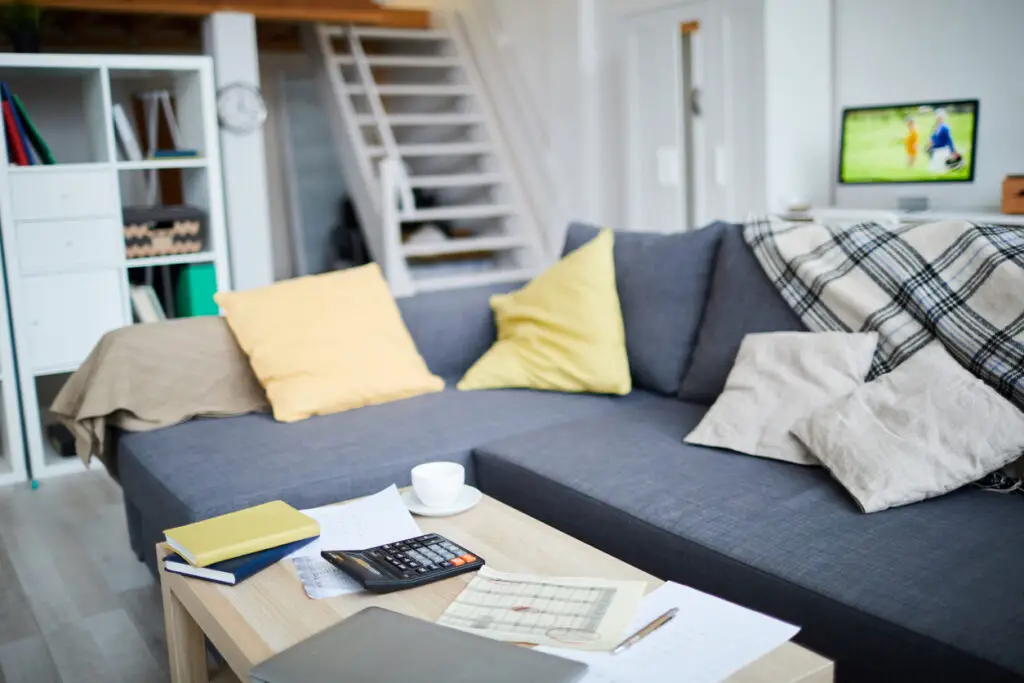
A cluttered coffee table can quickly make your living room feel small and chaotic. Keep the tabletop clear, leaving room for just a few items like a book, small plant, or decorative tray. Using storage baskets or ottomans with hidden storage can help keep the clutter out of sight.
7. Low-Height Furniture

Furniture that sits too low to the ground can make ceilings feel lower and reduce the sense of height in the room. Taller furniture, like higher sofas and armchairs, draws the eye upward and creates a feeling of vertical space. Even adding a taller bookshelf or floor lamp can make a difference.
8. Lack of Mirrors
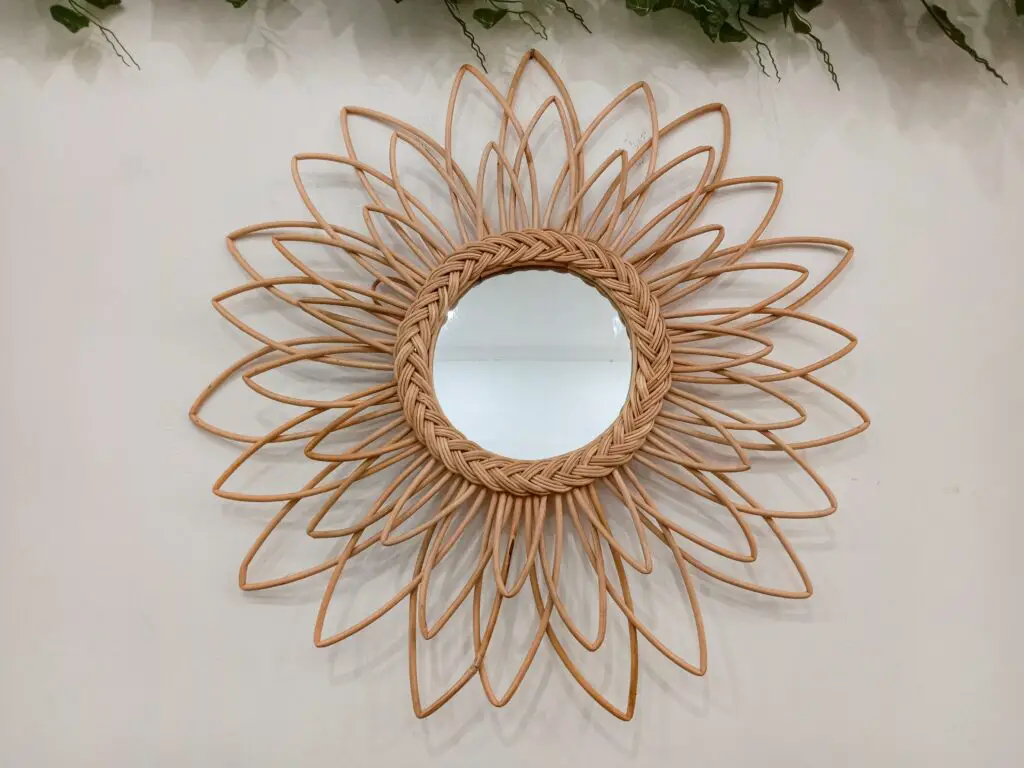
Mirrors reflect light and create the illusion of depth, making small rooms feel larger. Positioning a mirror opposite a window or behind a light source maximizes this effect. Choose a statement mirror that fits the room’s style and adds visual interest while also expanding the space.
9. Inadequate Lighting
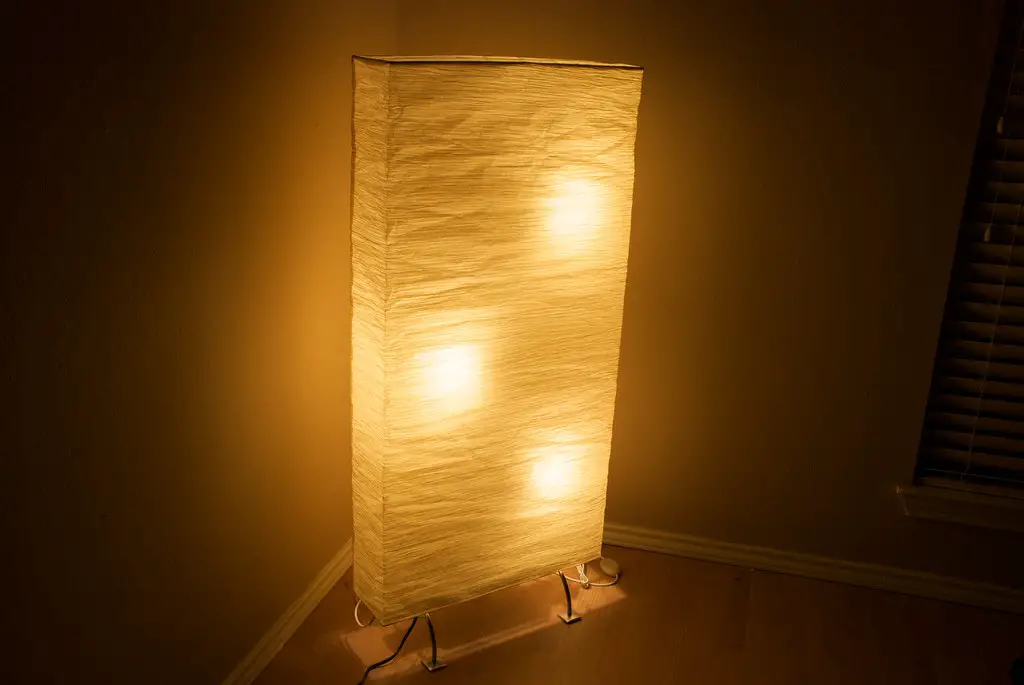
Poor lighting can make any space feel smaller and less inviting. Layer different types of lighting—ambient, task, and accent—to ensure your living room is well-lit and dynamic. Table lamps, floor lamps, and wall sconces can enhance the sense of space by illuminating every corner of the room.
10. Too Many Patterns

Using multiple patterns in a small space can create visual chaos and make the room feel cluttered. Stick to one or two patterns, and keep them subtle or within the same color family to add depth without overwhelming the room. A well-chosen area rug or patterned throw pillow can bring interest without crowding the space.
11. Large Area Rugs
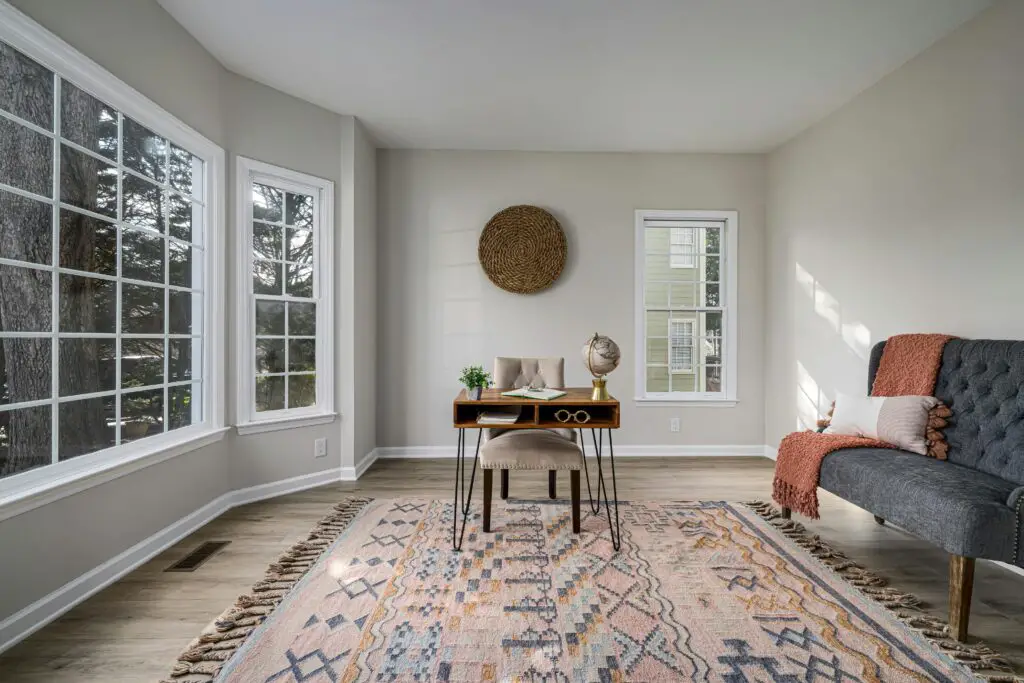
While rugs help define spaces, a rug that’s too large can make the room feel cramped. Choose a rug that fits within the seating area, with enough space around it to show some of the flooring. This creates a defined space while still giving the room a sense of openness.
12. Blocking Pathways
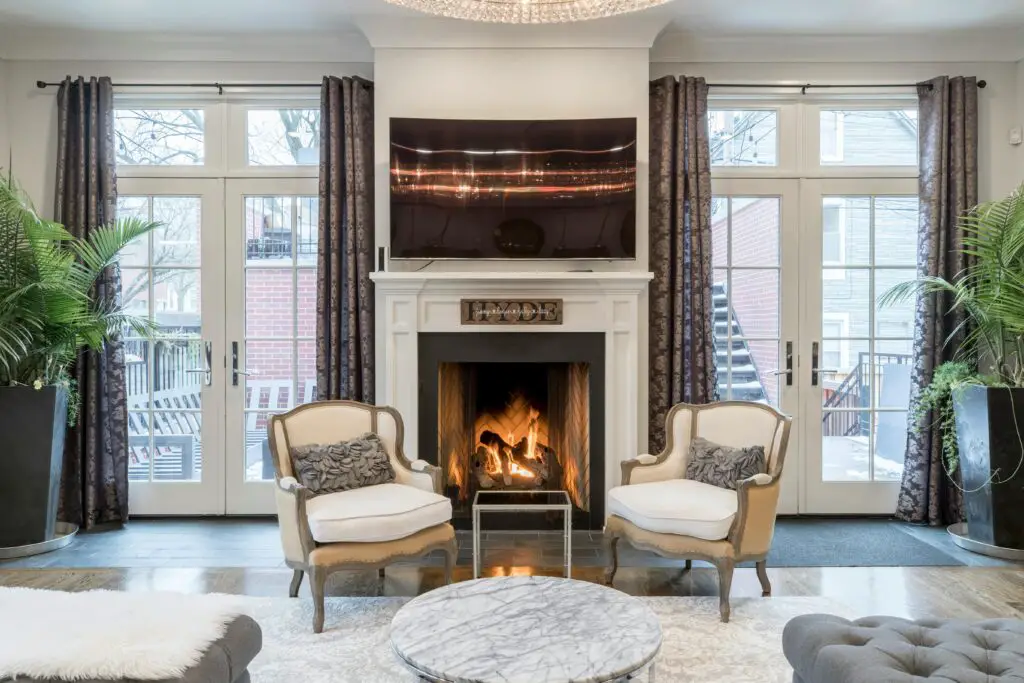
Furniture that blocks doorways or walking paths can make a room feel cramped and difficult to navigate. Make sure there’s a clear flow around the furniture, allowing easy movement throughout the space. Arrange seating and decor to leave open pathways for a more spacious feel.
13. Using Too Many Small Pieces
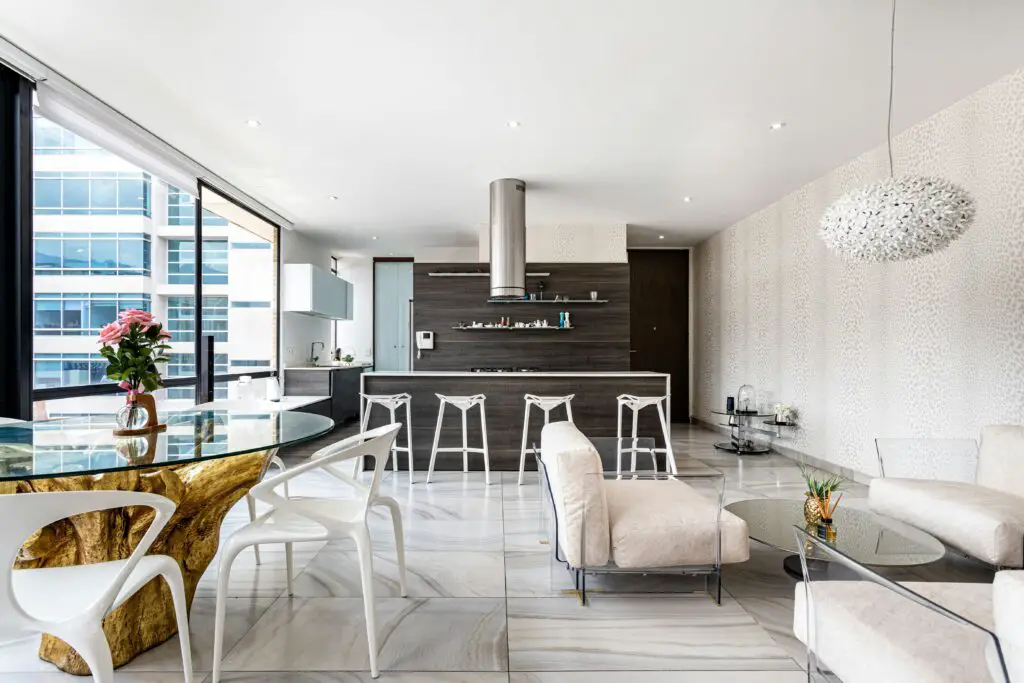
While smaller furniture can be helpful in a small space, too many small items can make the room look cluttered. Balance smaller furniture with one or two larger anchor pieces, like a sofa or coffee table, to ground the room. This helps create a more cohesive look without overcrowding.
14. Ignoring Vertical Space
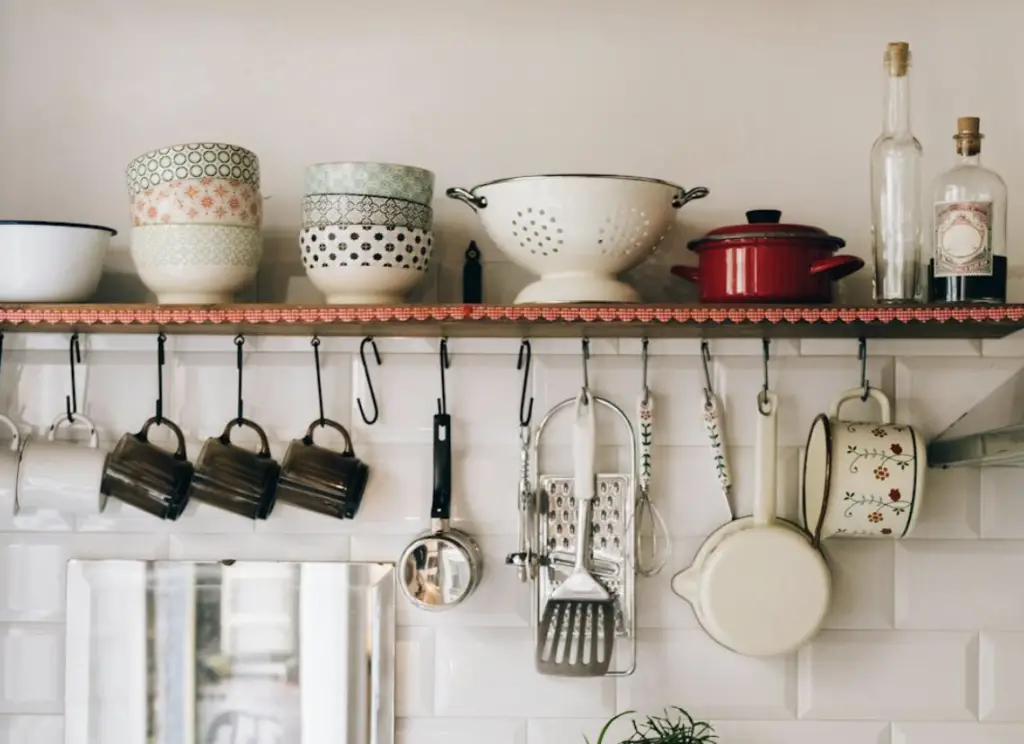
Failing to use the vertical space in a living room can limit the sense of height and openness. Tall shelves, hanging plants, and vertical artwork draw the eye upward, creating a feeling of added height. Take advantage of wall space to add visual interest without taking up floor space.
15. Neglecting Multi-Functional Furniture

In small living rooms, every piece of furniture counts, so neglecting multi-functional items can lead to a cramped feel. Choose items like ottomans with storage, fold-out tables, or modular seating that can serve multiple purposes. Multi-functional pieces save space while providing practical solutions for storage and seating.
Avoiding these common design mistakes can help your living room feel larger, more comfortable, and inviting, making it a place where you’ll love to spend time.
